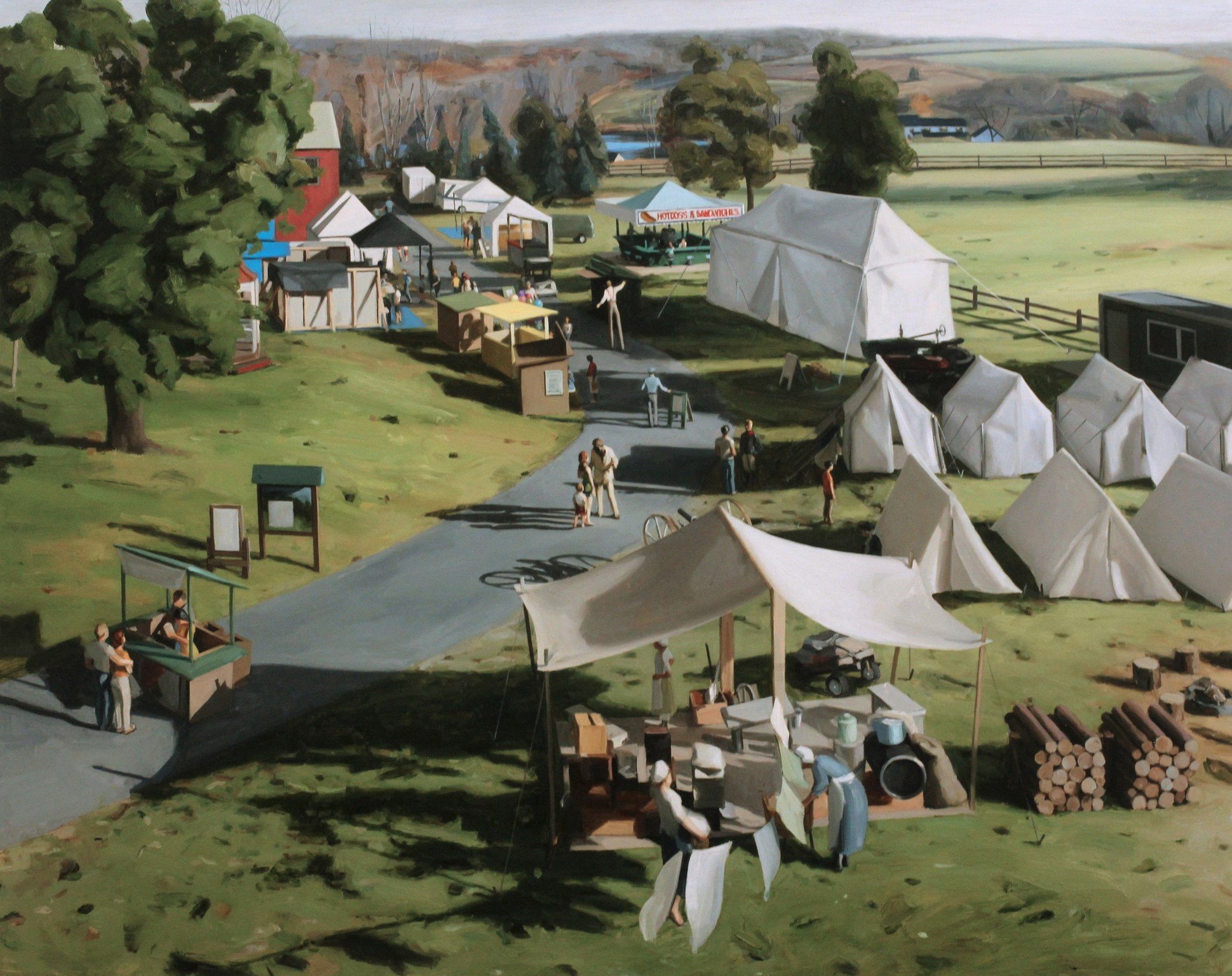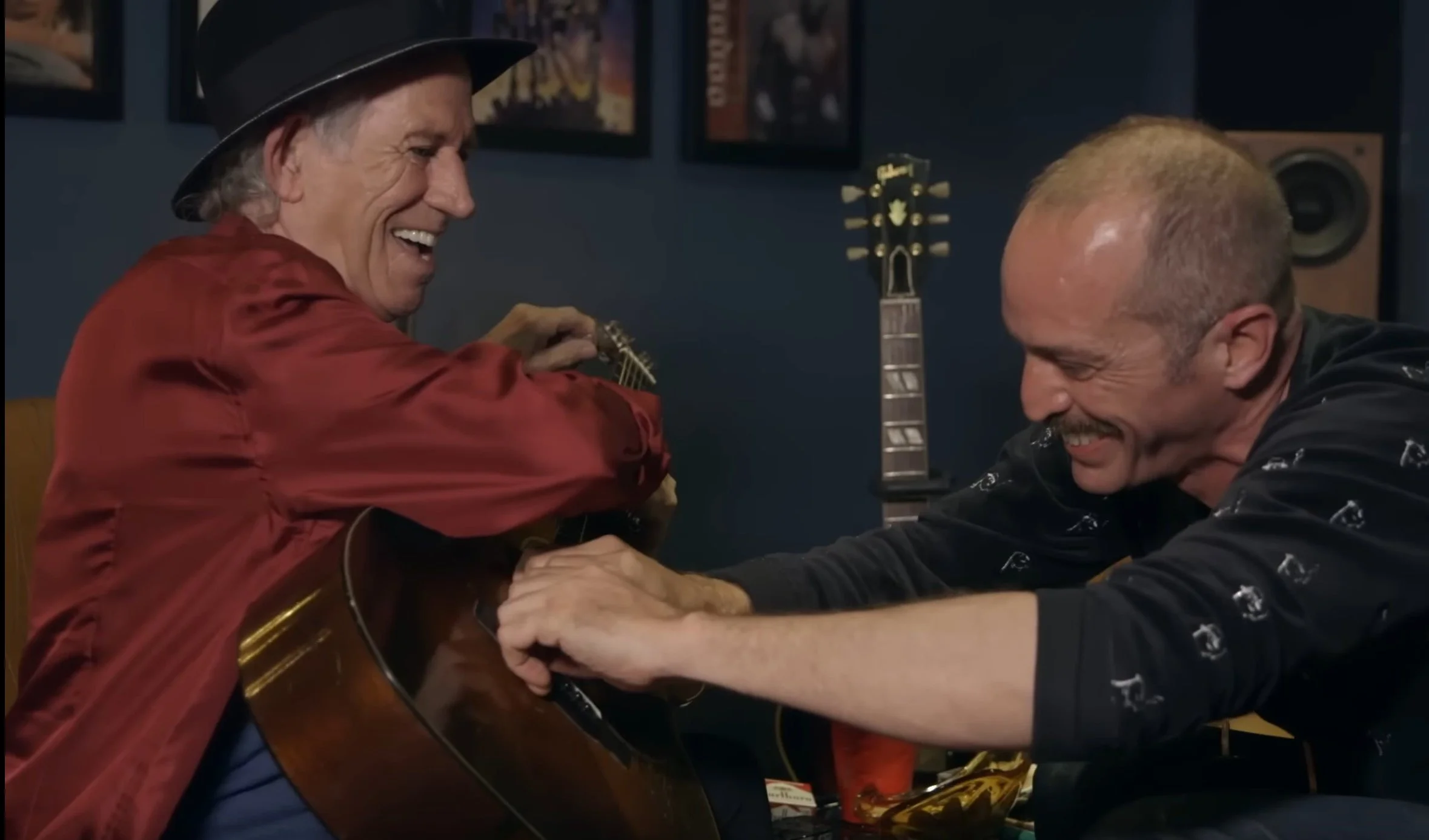Fun read in the vein of good old Hunter S. Thompson, “Behind F1's Velvet Curtain by Kate Wagner”. I guess the magazine pulled it and now it’s blowing up on the interwebs of course. I found VIA Metafilter. My abusive pull quotes as always.
“If you wanted to turn someone into a socialist you could do it in about an hour by taking them for a spin around the paddock of a Formula 1 race. The kind of money I saw will haunt me forever.
Most of us have the distinct pleasure of going throughout our lives bereft of the physical presence of those who rule over us. Were we peasants instead of spreadsheet jockeys, warehouse workers, and baristas, we would toil in our fields in the shadow of some overbearing castle from which the lord or his steward would ride down on his thunderous charger demanding our fealty and our tithes. Now, though, the real high end of the income inequality curve—the 0.01 percenters—remains elusive. To their great advantage, they can buy their way out of public life. However, if you want to catch a glimpse of them, all you need to do is attend a single day of Formula 1 racing.
...
I saw $30,000 Birkin bags and $10,000 Off-White Nikes. I saw people with the kind of Rolexes that make strangers cry on Antiques Roadshow. I saw Ozempic-riddled influencers and fleshy, T-shirt-clad tech bros and people who still talked with Great Gatsby accents as they sweated profusely in Yves Saint Laurent under the unforgiving Texas sun. The kind of money I saw will haunt me forever. People clinked glasses of free champagne in outfits worth more than the market price of all the organs in my body. I stood there among them in a thrift-store blouse and shorts from Target.
...
If one takes many trips like this, I can see how it warps the mind, the perception of the world and our place in it. Power is enticing. Like Lewis Hamilton? You can eat steaks that cost the same as your electricity bill and meet him again. You, too, can bask in the balding aura of Prince Harry and the fake glow of Instagram models. Any wealth and status you lack, you can perform.”























